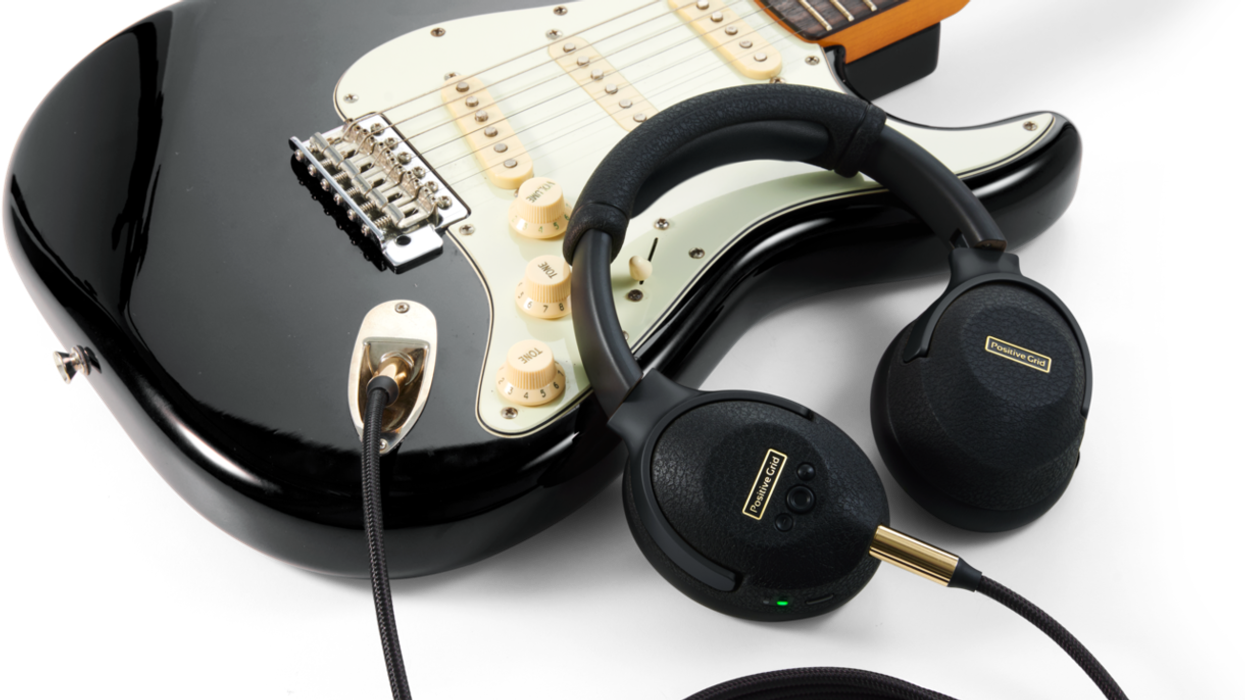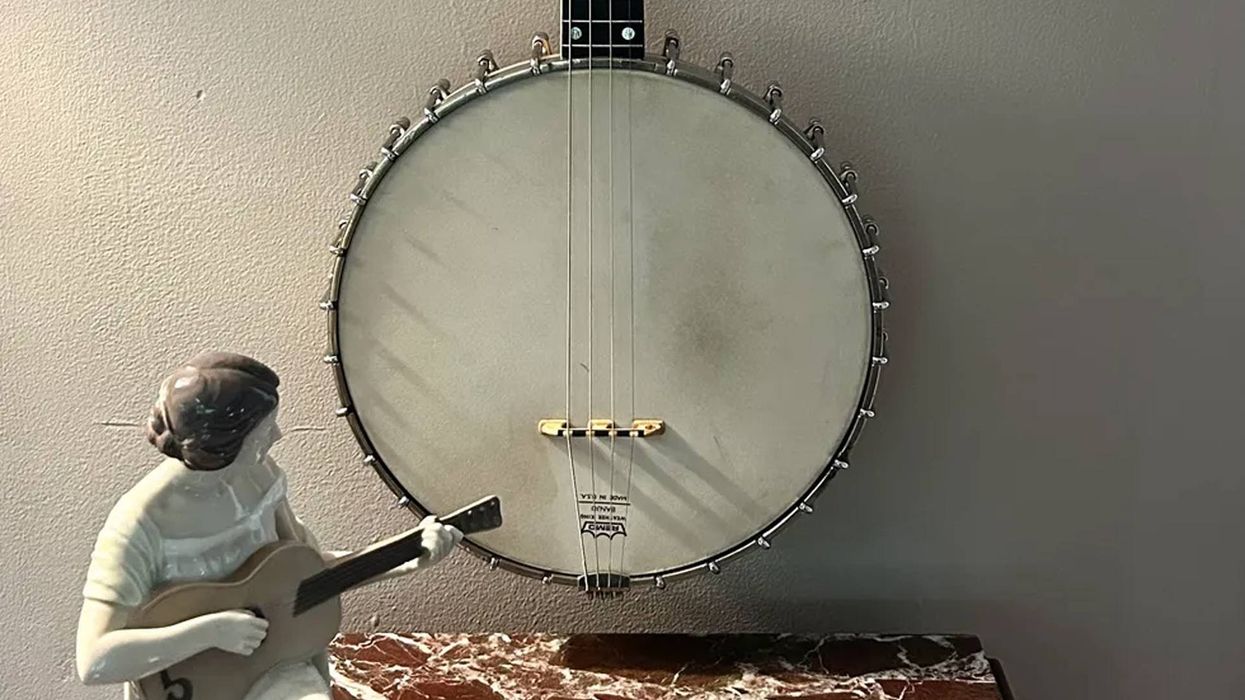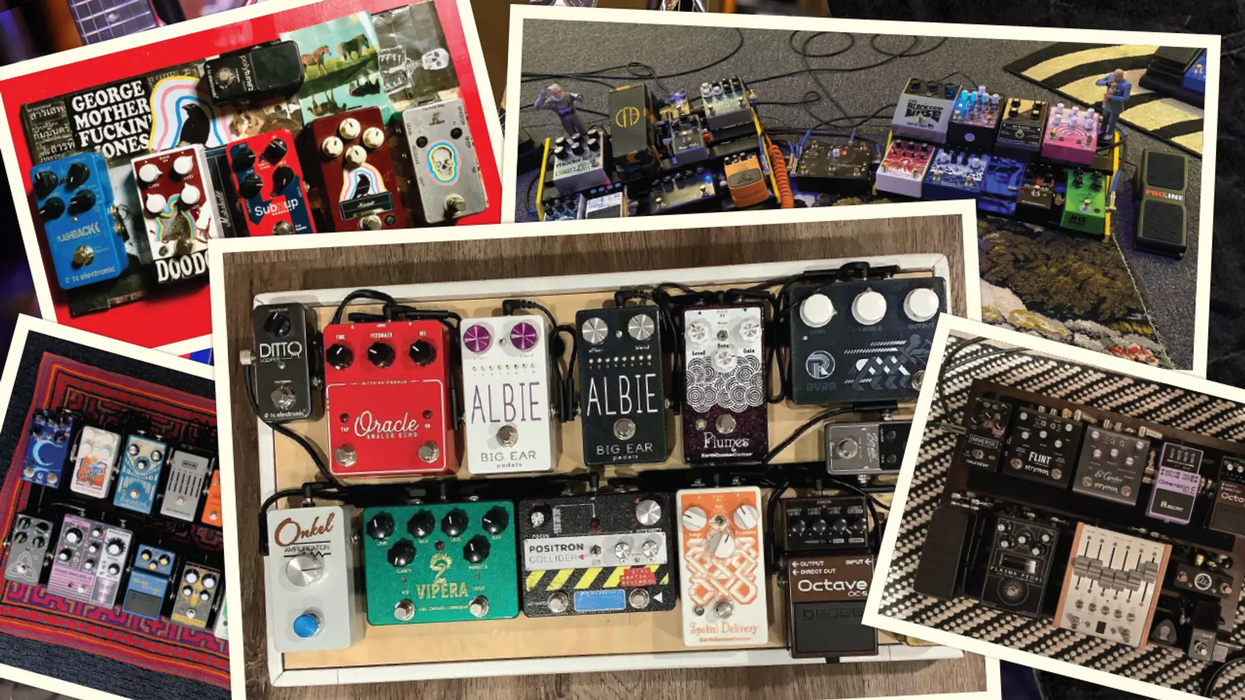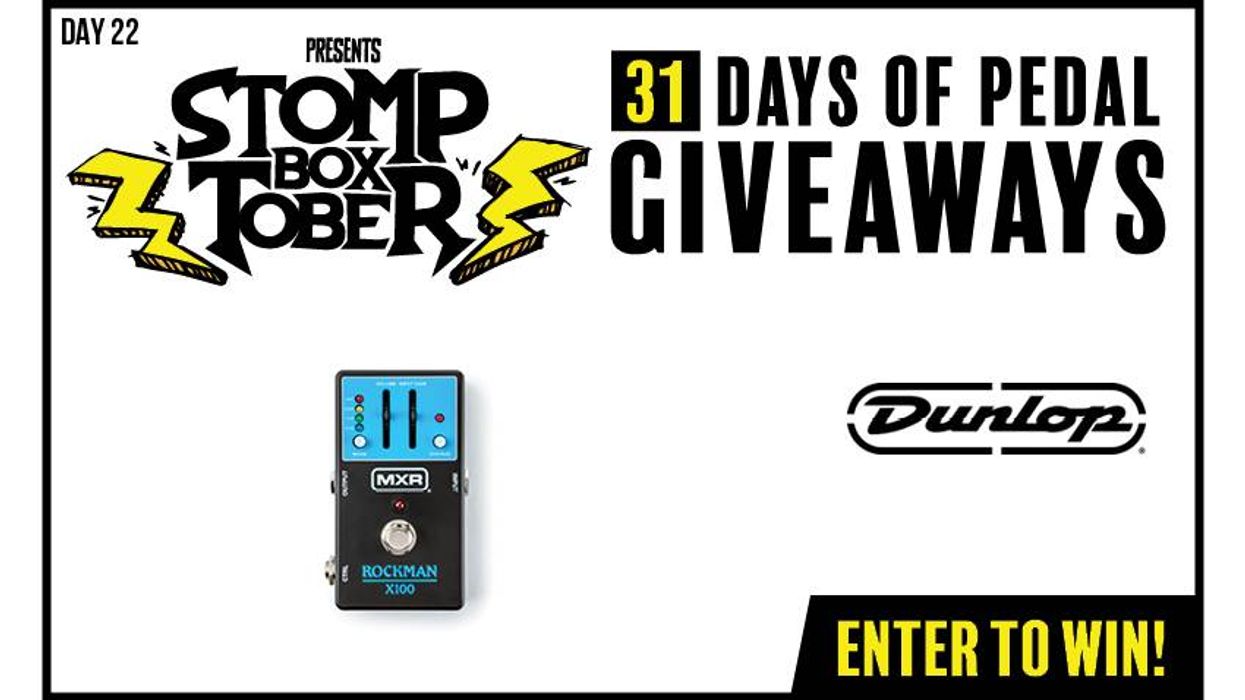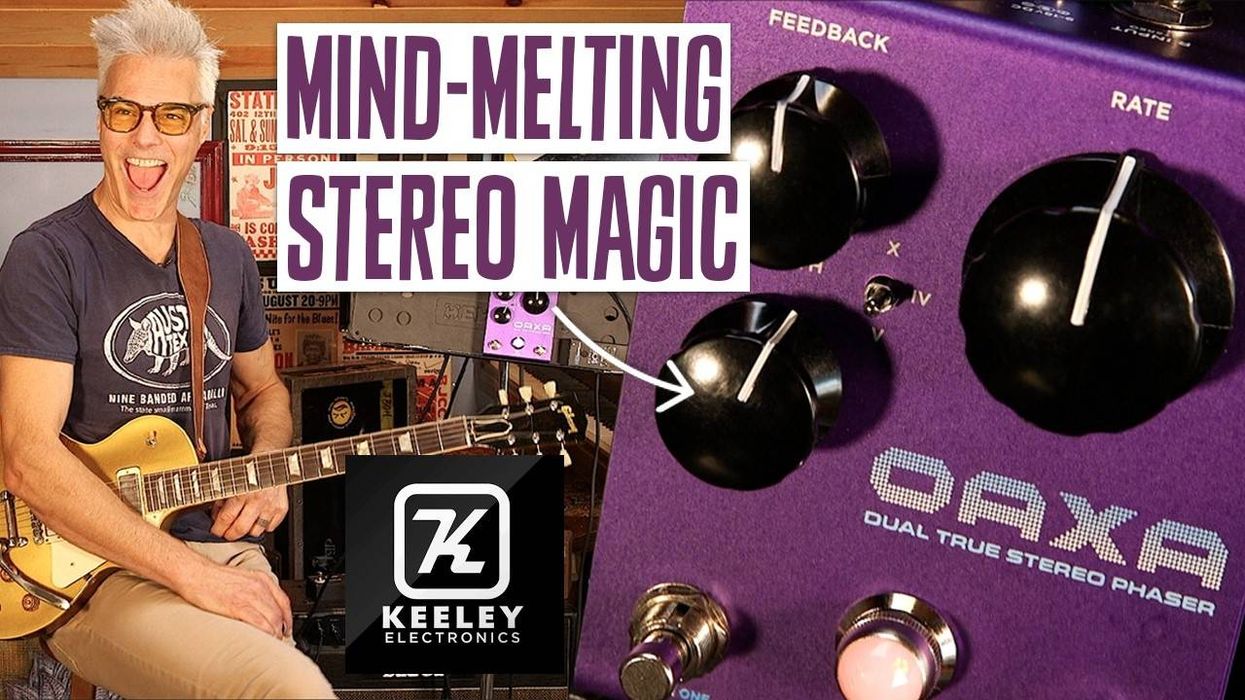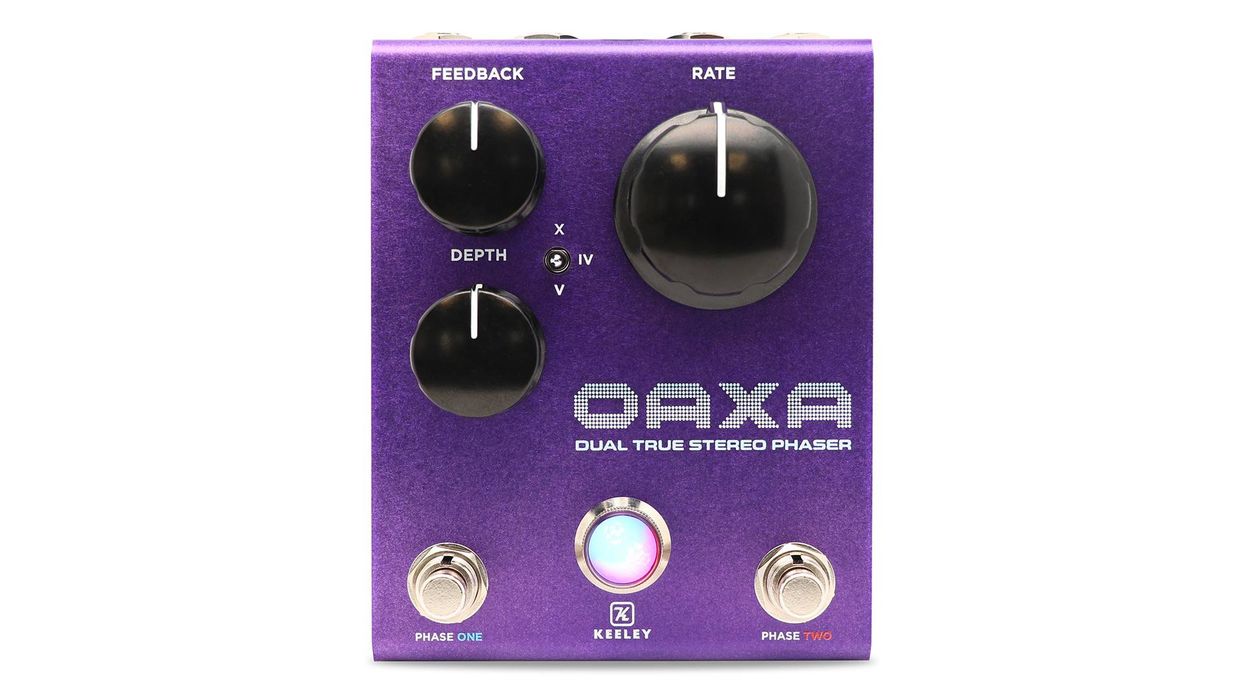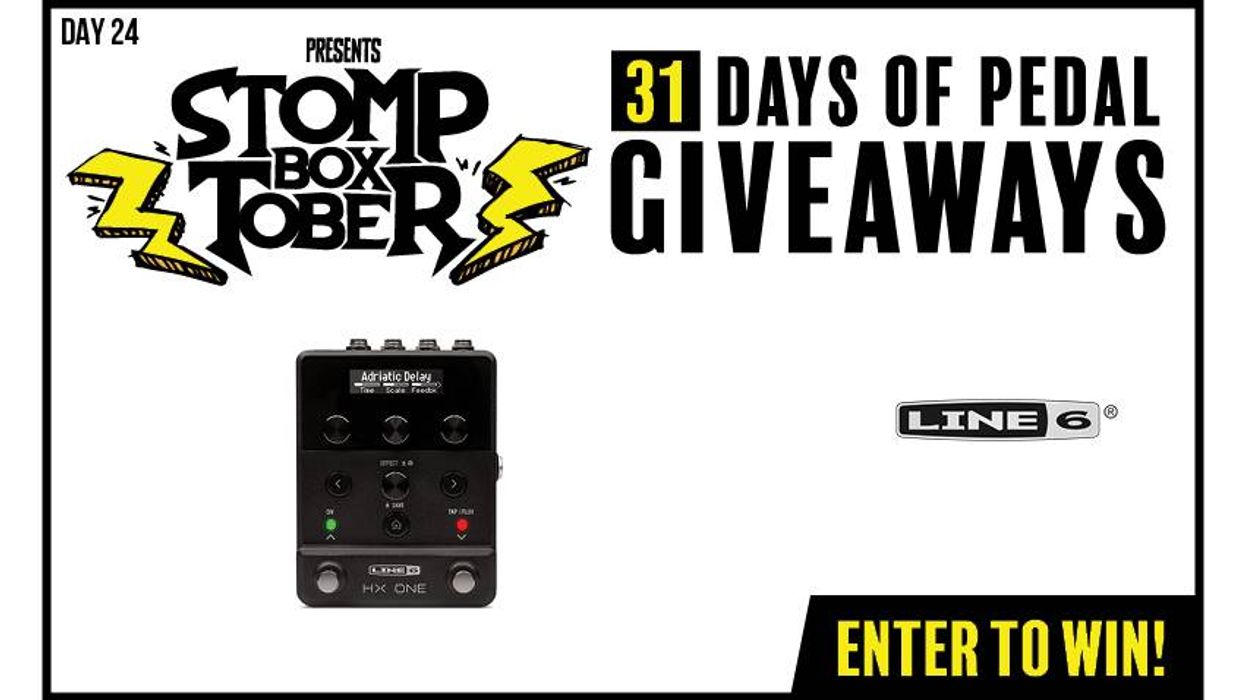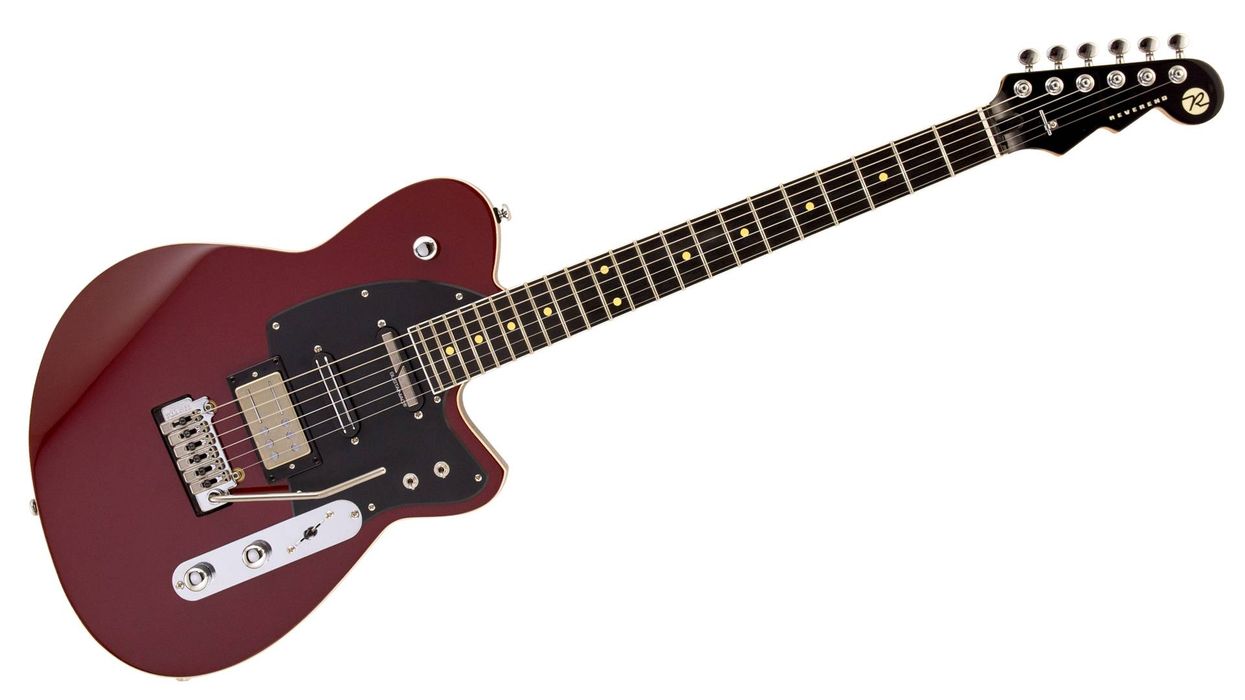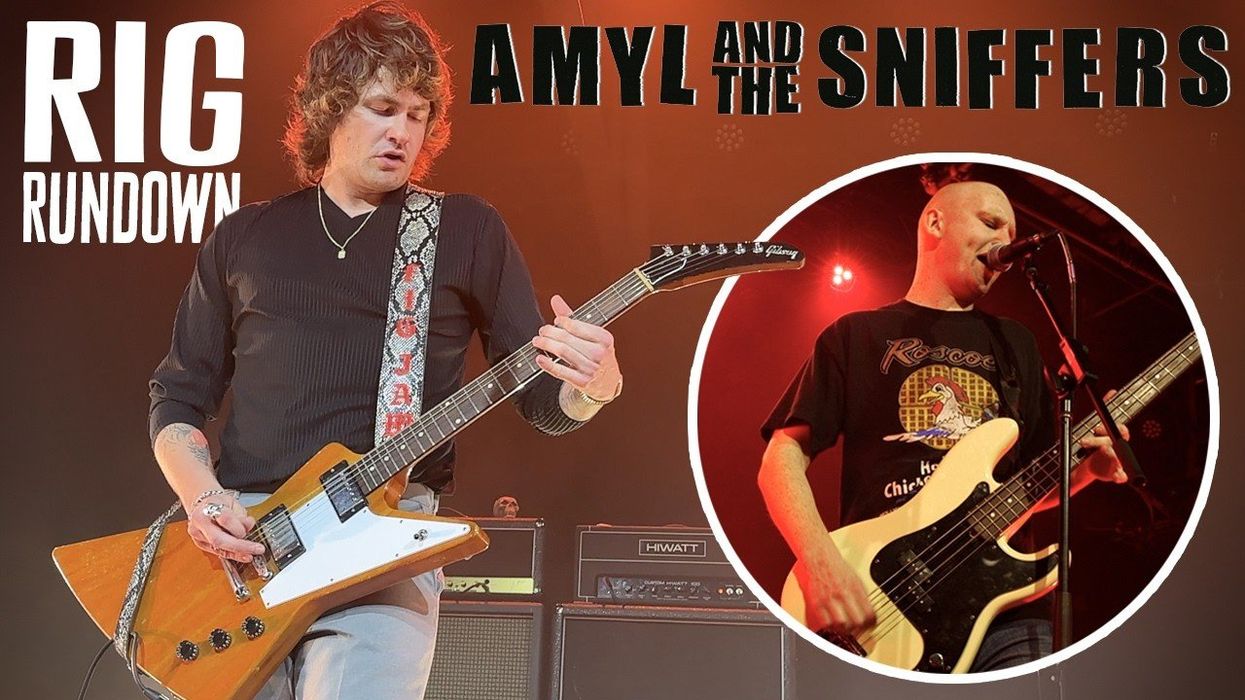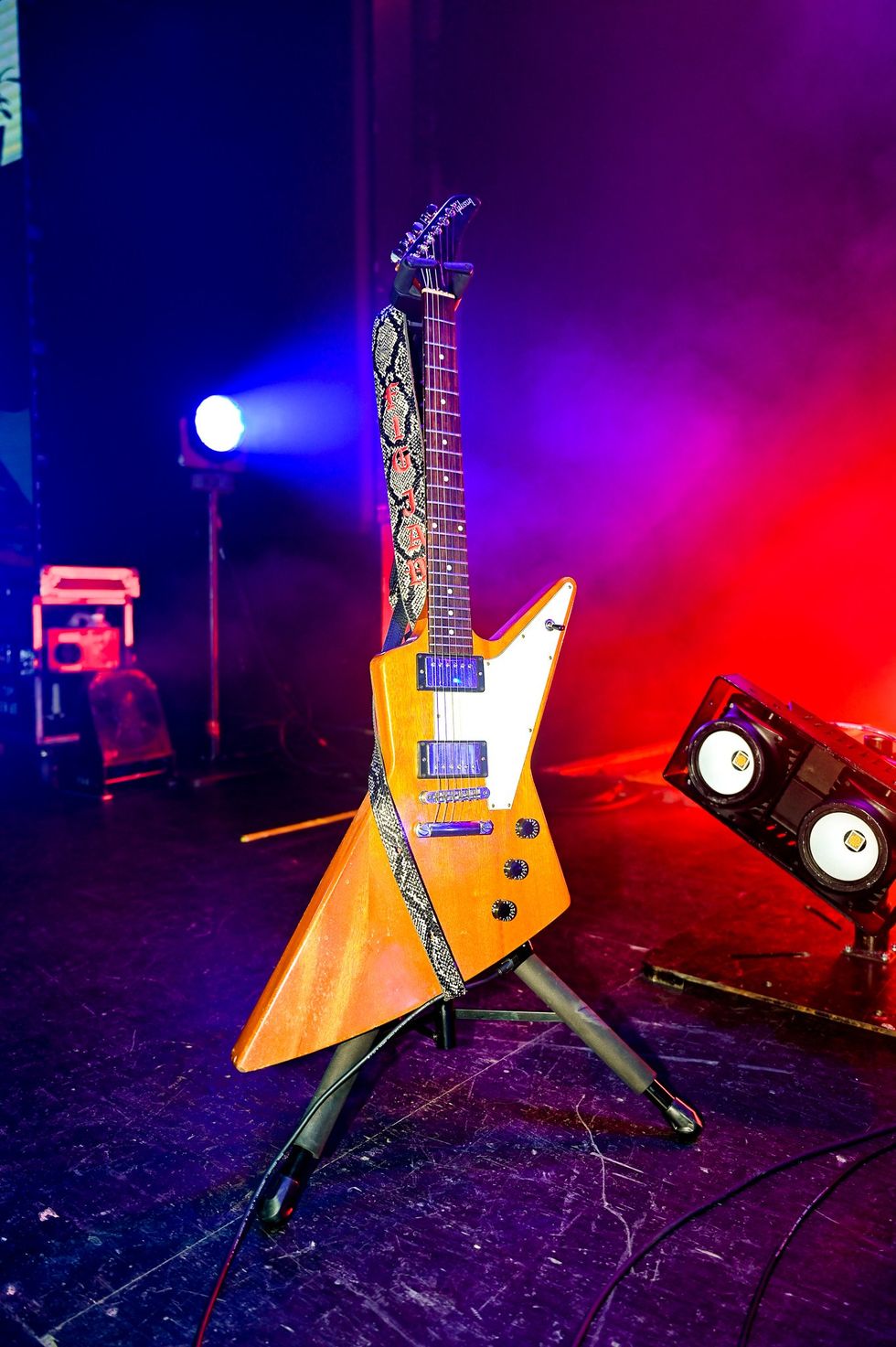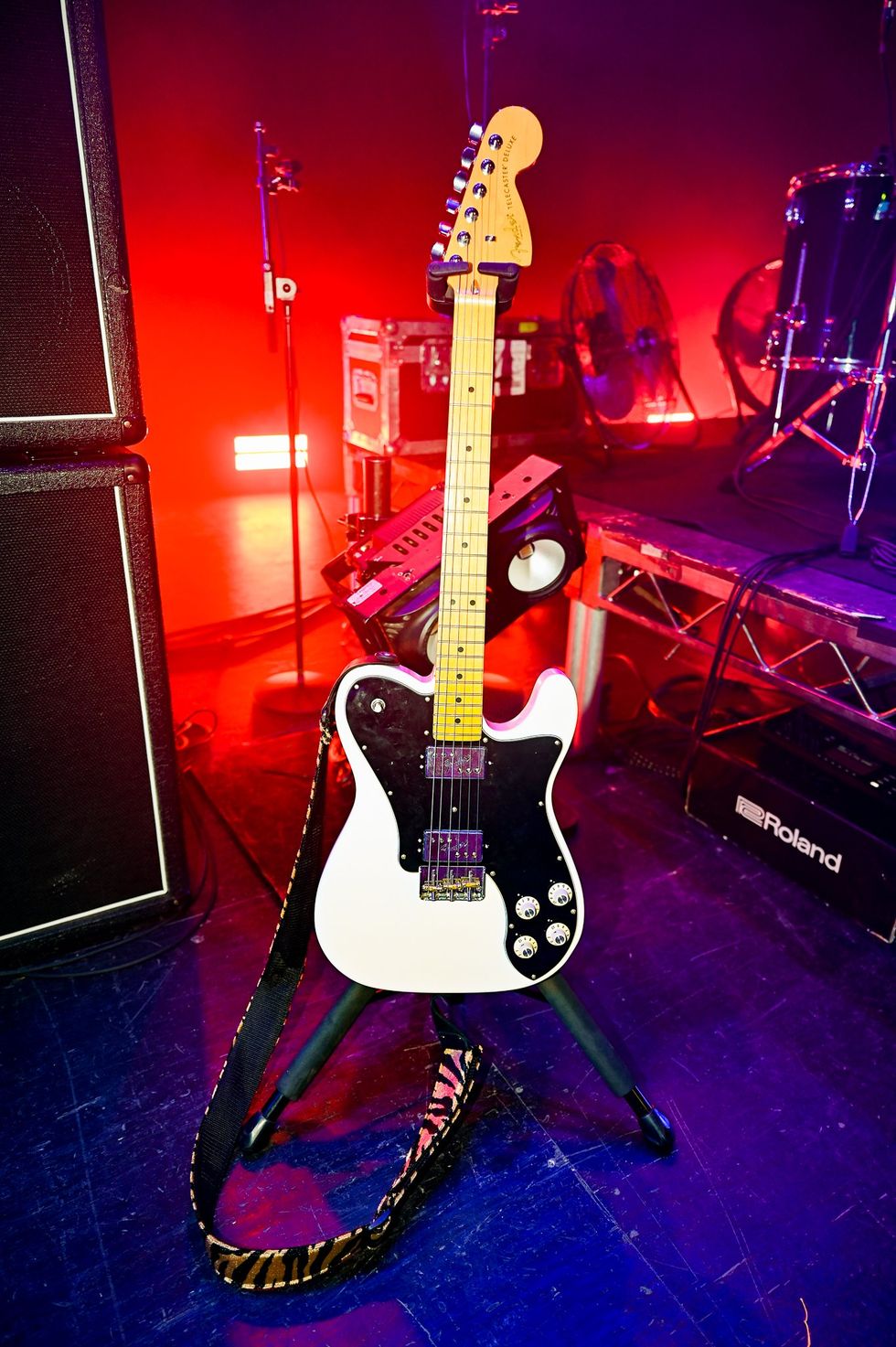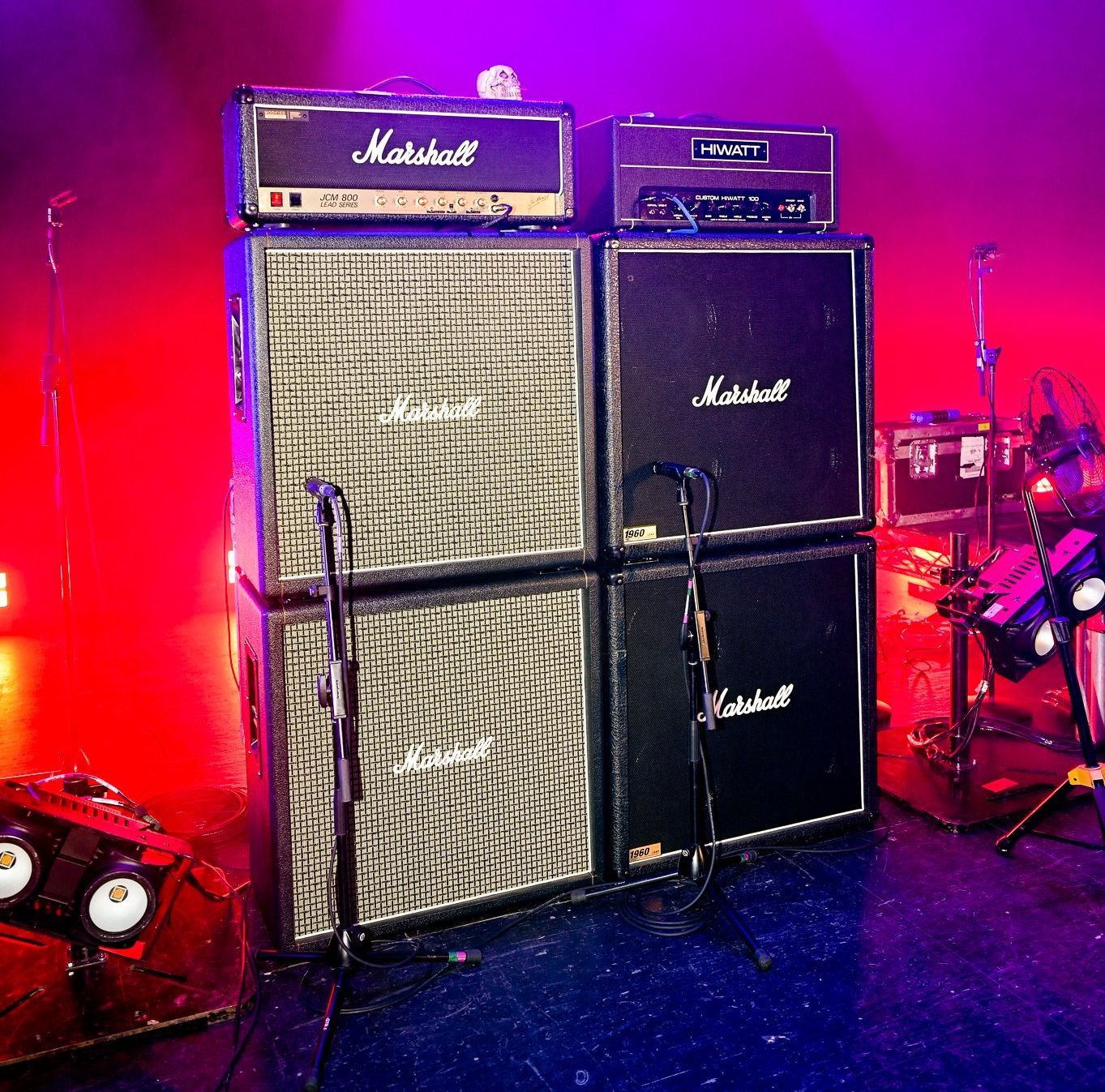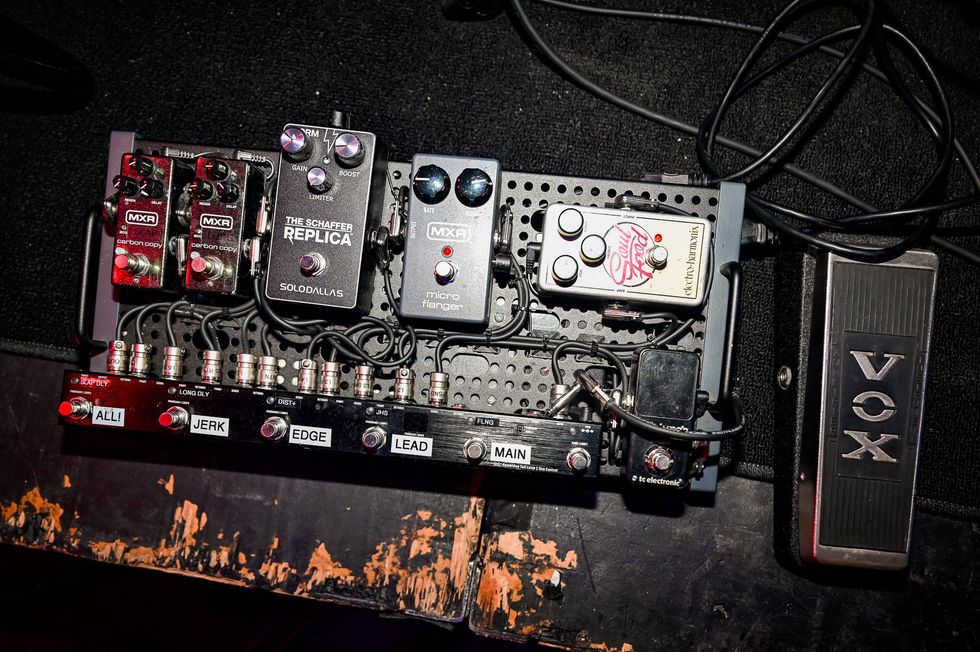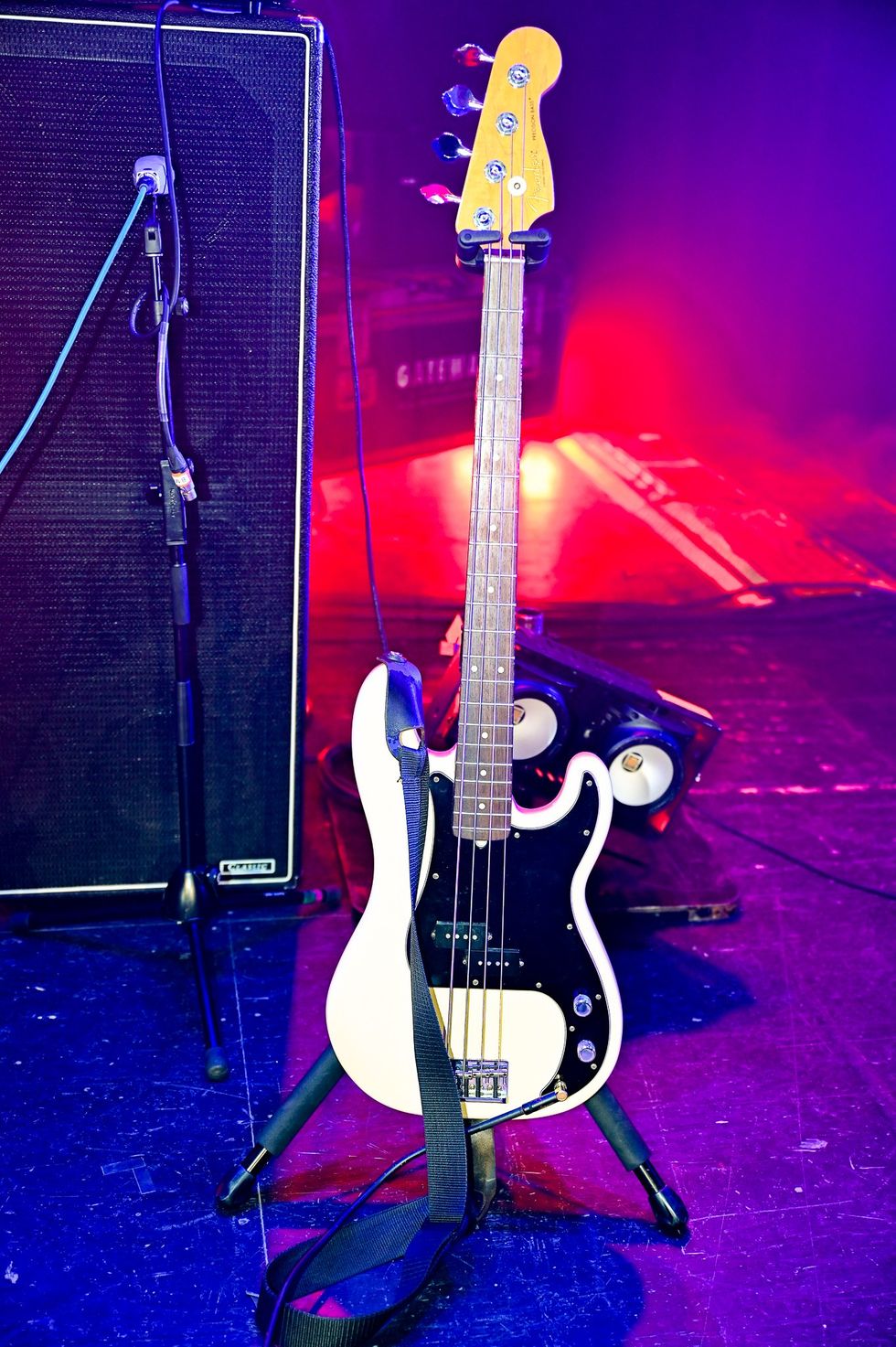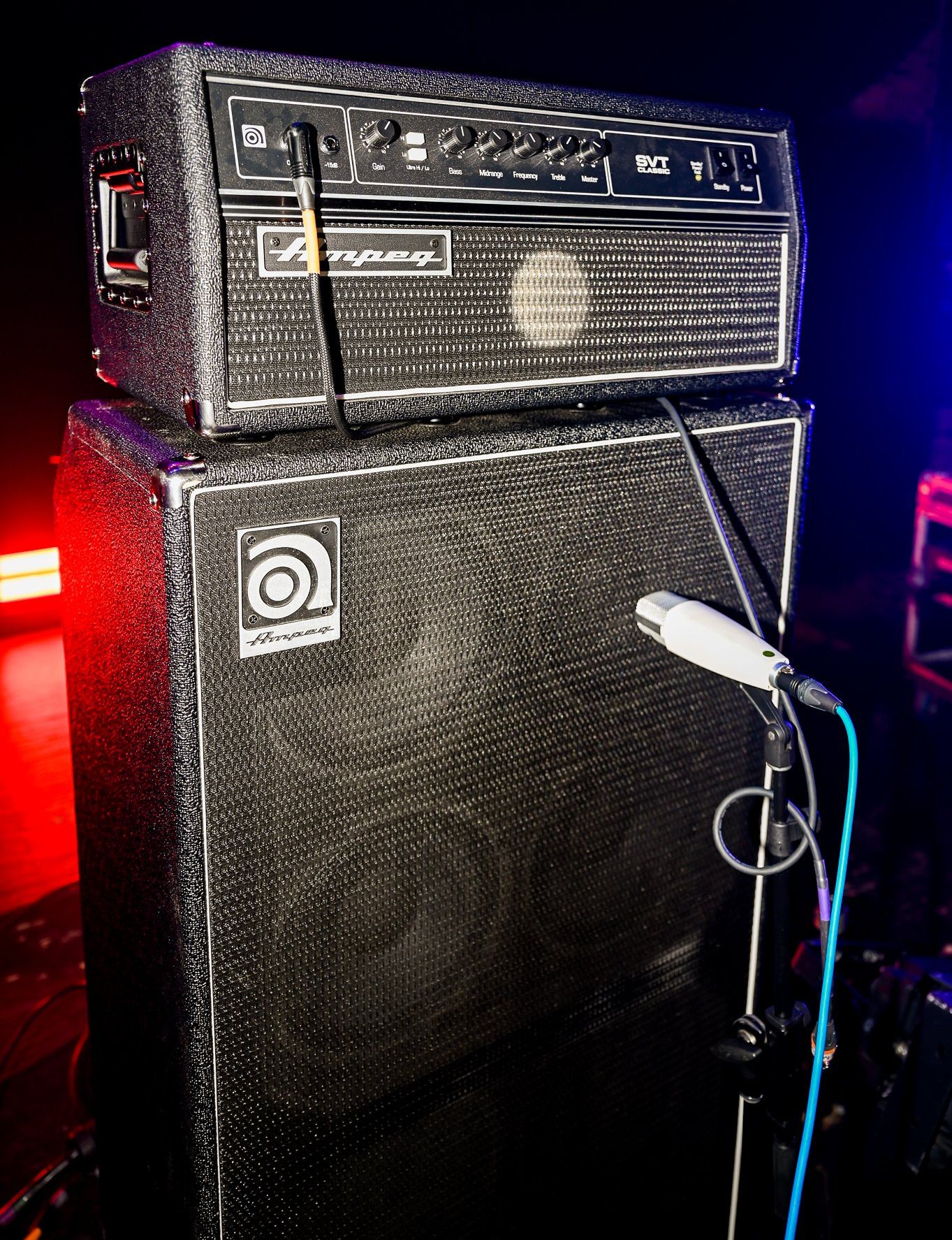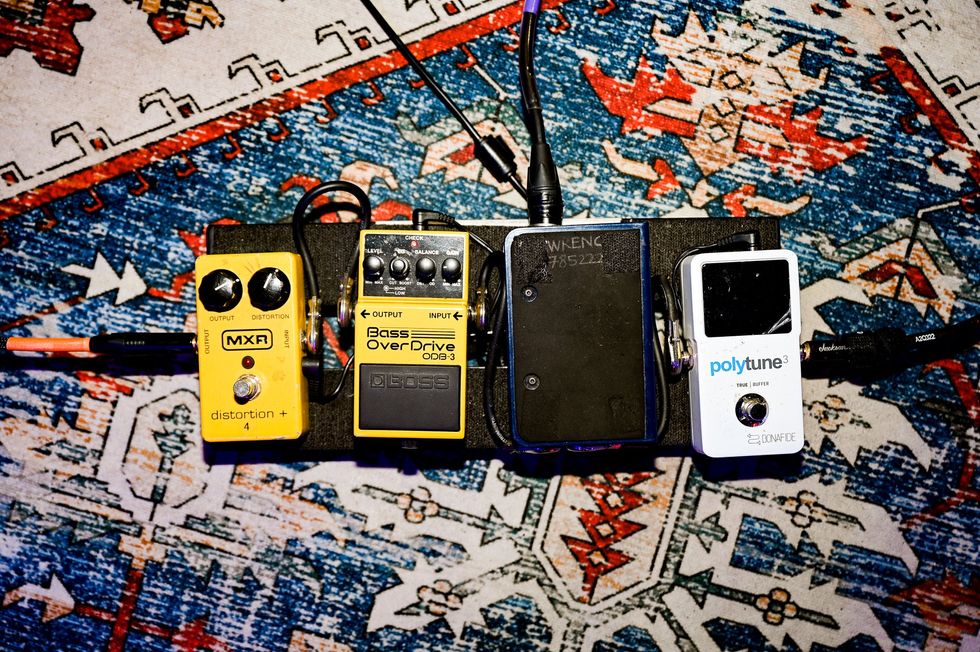Why is it that the engineer says, “Here’s a direct box. Plug in and let’s get recording,” when a bass player shows up at a studio, then proceeds to spend hours and hours setting up the drums, guitar cabs, mics, pedals, etc? Without a kickin’ bass line, there is no foundation for the music. You need a bass sound that will punch, thump, rumble, boom, and articulate. So, how do we add rocket sauce to bass tracks?
The Process
Obviously you need to start with a great bass and new strings. For rock and metal there are some fantastic choices. I love Ibanez basses for this purpose. Fender, Tobias, Music Man, and others also make solid, quality choices. As far as strings go, I’ve found DR hand-wound strings sound and feel incredible, but this is purely a personal preference. Get yourself a nice bass amp/cab rig— I enjoy Ampeg, SWR, or Trace Elliot. Any sort of speaker configuration will work. I have managed to get amazing sounds out of a diverse range of gear, from tiny combos to giant-sized cabinets.
To begin, mic the speaker up. One of my favorite bass amp mics is the Sennheiser MD 421. I use this mic constantly. If you want a little extra zing or sparkle to bring out articulation and attack, grab a nice condenser mic as well—there are tons of them out there from Neumann, Shure, AKG, Audio-Technica, Blue, Rode, among others. Putting the mic directly in front of the cone often works to achieve a punchy, “in your face” sound. But you can also experiment with placing the mic near the edge of the cone, placing it halfway between the center and edge of the cone, turning it off-axis (turned slightly away from pointing straight on to the cone), and pulled back varying distances from the cabinet. Try a few things to see what you like and what works for the track.
Now, the magic: mic the bass guitar itself. Yes, I want you to grab a condenser mic and place it in front of the actual bass, even if it is a solidbody. This gives tons of grimy transients and attack that you can mix in gently with the mic’d bass amp. Add a little bit of this signal in the cue mix for the bass player’s headphones. It aids in giving them the feel of playing live and can dramatically enhance the performance.
Next, take a direct feed from the bass through a nice DI box (Radial or something of that caliber) and track it straight to your recorder. Lately, I’ve been using the DI track with several amp simulators. For me, the IK Multimedia Ampeg SVX plug-in has a stellar sound. In fact, I read that all the bass parts on P.O.D.’s latest record used the Ampeg plug-in. Very cool stuff.
Now take all three tracks—the mic’d cabinet, the mic’d instrument, and the direct signal (with or without a bass amp plug-in), and make sure they are properly in phase. Nothing kills a good bass part like phase issues. I like going into my DAW (I use Pro Tools) and zooming into the waveforms of the three tracks and manually lining them up with one another, so they are perfectly in time.
Finally, mix the three tracks to taste. In most situations some compression will be needed, though I recommend not compressing the raw mic’d instrument track. I find myself relying on plug-ins for bass compression. Some of my favorites are in the Waves Studio Classics Collection. I also use the Waves SSL plug-ins constantly, as well as the Waves V-Series. There’s something about the “vintage” vibe of these plug-ins that works well with electric bass.
The Context
The bass tracks soloed will probably sound terrible! They should sound loud, noisy, and obnoxious. But when you bring in the rest of the band you will find they make the overall track. This is the case with many types of tracks you will record. On their own they may not sound “right,” but in the context of the overall mix, they’re perfect! It’s all about figuring out what function each track should perform in the mix, then working to make it fill that niche as well as possible.
The Noise Factor
Don’t be afraid of a little noise and grime. The fact that you can get a noiseless recording rig for just a few bucks may make it seem as if we must be obsessed with recording perfectly clean tracks, but that’s not necessarily true. Noisy rock bass can be one of life’s most pleasing sounds.
Now, crank up the amps, break some stuff, and make some music!
Chris Scheidies
Chris Scheidies is a musician, studio engineer and video/visual effects monkey. A true geek, he has worked in some sort of tech/creative industry for almost two decades, and currently runs several websites about pro audio and Linux as well as a Propellerhead Reason help site. He is employed at Sweetwater as a Sales Engineer and can be reached at 800-222-4700 ext. 1388 or by email: chris_scheidies@sweetwater.com.

